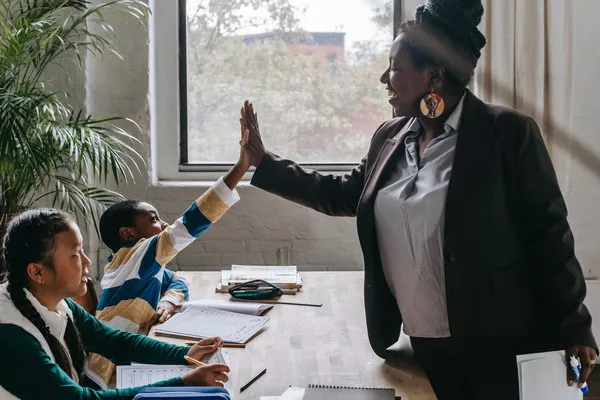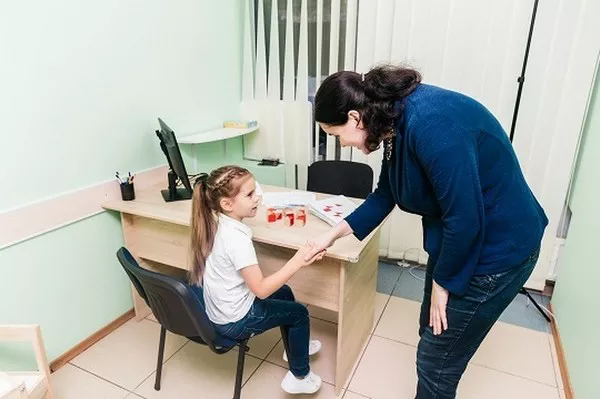Friendship, a bond woven with shared experiences, trust, and mutual support, is a dynamic and often intricate relationship that can evolve over time. In the journey of life, it’s not uncommon to encounter challenges and changes that impact the dynamics of friendships. This article explores the nuances of friendships, delving into the question, “What happened to our friendship?” Understanding the complexities and recognizing the factors that contribute to shifts in friendship dynamics is essential for navigating the ebb and flow of these meaningful connections.
Friendship Dynamics: An Ever-Changing Landscape
Friendship, by its very nature, is subject to change and evolution. As individuals grow, mature, and experience the diverse facets of life, so do the dynamics of their relationships. Friendships are influenced by various factors, including personal development, life circumstances, and external influences. Accepting the fluidity of friendship dynamics is a crucial first step in understanding what may have happened to a once-close connection.
Communication Breakdowns in Friendship
Effective communication is the lifeblood of any relationship, including friendships. A breakdown in communication can strain even the strongest bonds. If conversations become infrequent, lack depth, or are marred by misunderstandings, it can contribute to a sense of distance in friendships. Reflecting on the patterns of communication and addressing any barriers can be pivotal in understanding what happened to the friendship.
Shifting Priorities and Time Constraints
Life is a dynamic tapestry woven with various commitments and responsibilities. As individuals embark on different life paths, priorities can shift, leading to changes in the amount of time and energy available for friendships. Career demands, family obligations, and personal pursuits may alter the landscape of relationships. Recognizing and respecting these shifts in priorities is essential for understanding the evolving nature of friendships.
Personal Growth and Individual Journeys
Friendships are intertwined with individual journeys of personal growth. As individuals evolve and undergo transformative experiences, their perspectives, values, and aspirations may change. Sometimes, these shifts in personal growth can lead to a reevaluation of friendships. It’s essential to recognize that personal development is a natural part of life, and friendships may need to adapt to accommodate these changes.
External Influences and Life Changes
External influences, such as geographical relocations, career changes, or major life events, can significantly impact friendships. Physical distance, time zone differences, or the demands of a new job can create challenges in maintaining the same level of closeness. Additionally, major life changes, such as marriage, parenthood, or health issues, may shift an individual’s focus and priorities, influencing the dynamics of friendships.
Unresolved Conflicts and Misunderstandings
Unresolved conflicts and misunderstandings can cast a shadow over friendships, leading to strained relationships. If issues are left unaddressed, they can fester and create distance between friends. Honest and open communication is crucial in resolving conflicts. If a friendship has been impacted by unresolved issues, taking the initiative to address and resolve these concerns can pave the way for healing and understanding.
See Also: What makes some friendships not good?
Changing Interests and Hobbies
Friendships often blossom around shared interests and hobbies. However, as individuals explore new passions or develop different interests, the common ground that once united friends may shift. While evolving interests are a natural part of personal growth, they can contribute to a sense of disconnect in friendships. Acknowledging these changes and finding ways to navigate evolving interests can be essential for maintaining the connection.
Social Circles and New Connections
Expanding social circles and forming new connections is a normal part of life. As individuals forge new friendships, enter different social circles, or develop romantic relationships, the dynamics of existing friendships may be affected. It’s important to recognize that the introduction of new connections does not necessarily diminish the value of existing friendships. Instead, it highlights the expansive nature of human relationships.
Emotional Distance and Changing Dynamics
Emotional distance can manifest in various forms, from a gradual fading of emotional connection to a sudden shift in the dynamics of the friendship. Changes in emotional availability, differing coping mechanisms, or evolving emotional needs can contribute to a sense of distance between friends. Understanding and addressing these emotional shifts is vital for restoring and strengthening the bonds of friendship.
Rekindling and Nurturing Friendships
Despite the challenges that friendships may face, there is often room for rekindling and nurturing these connections. Reconnecting with a friend involves mutual effort, open communication, and a willingness to understand each other’s perspectives. Reflecting on shared memories, expressing genuine interest in each other’s lives, and acknowledging the changes that have occurred can pave the way for a renewed and enriched friendship.
Conclusion
In the intricate tapestry of human relationships, friendships hold a unique and cherished place. Understanding what happened to a friendship involves acknowledging the complexities inherent in these connections. From shifting priorities and personal growth to external influences and changing dynamics, friendships are subject to a myriad of factors. Embracing the ebb and flow of friendships with empathy, open communication, and a willingness to adapt allows individuals to navigate these changes with grace, fostering resilience and strengthening the bonds that make friendships enduring sources of support and connection.
Related topics:





























